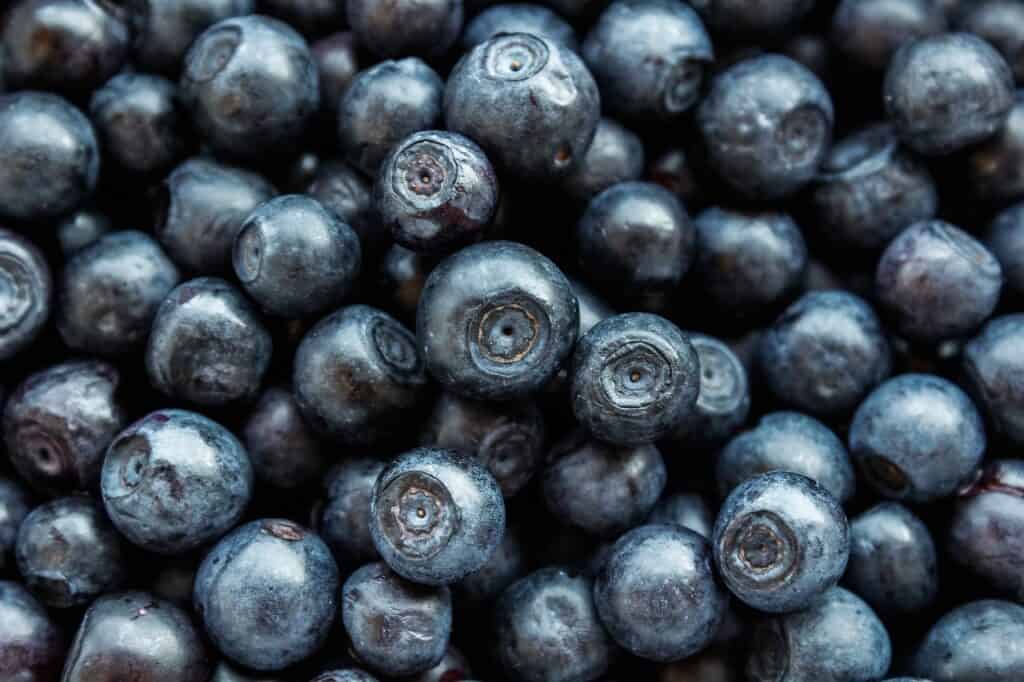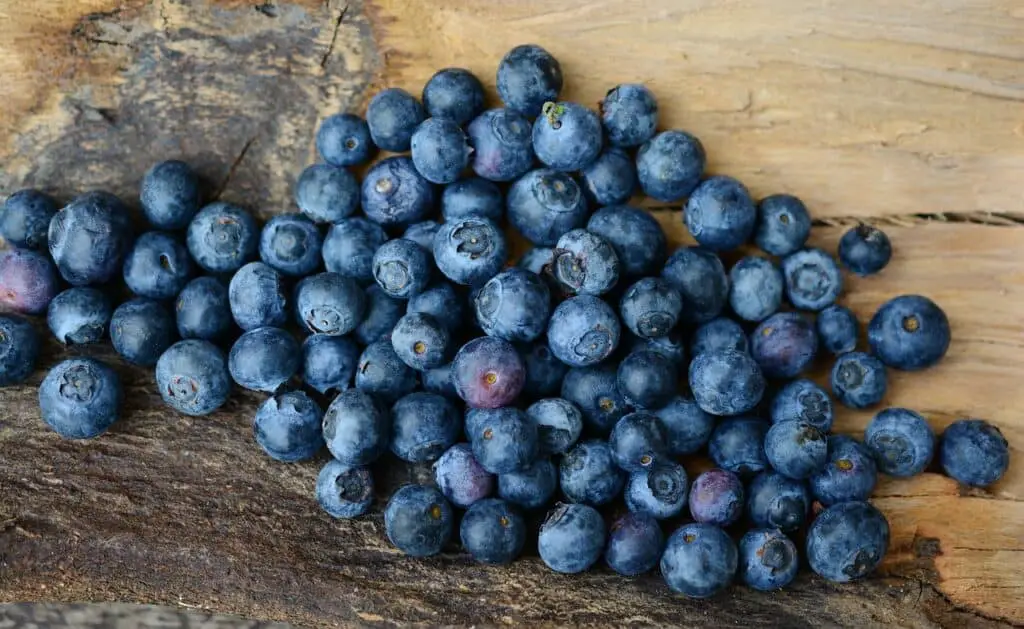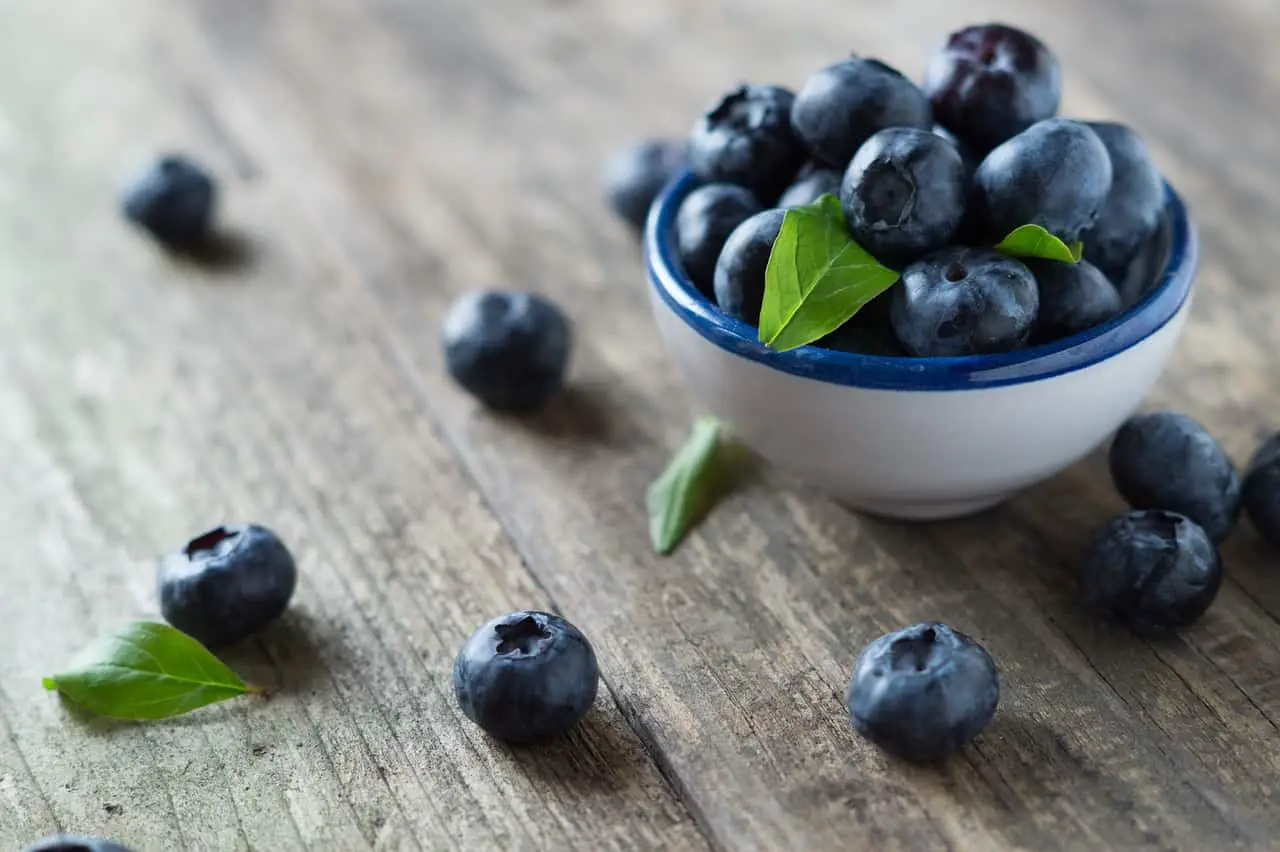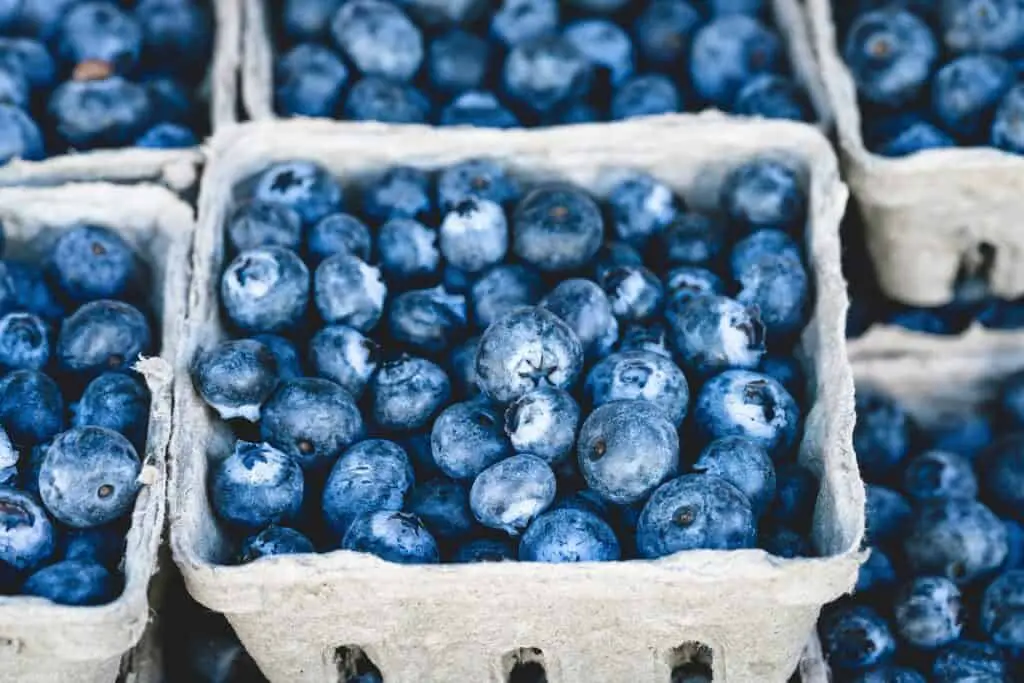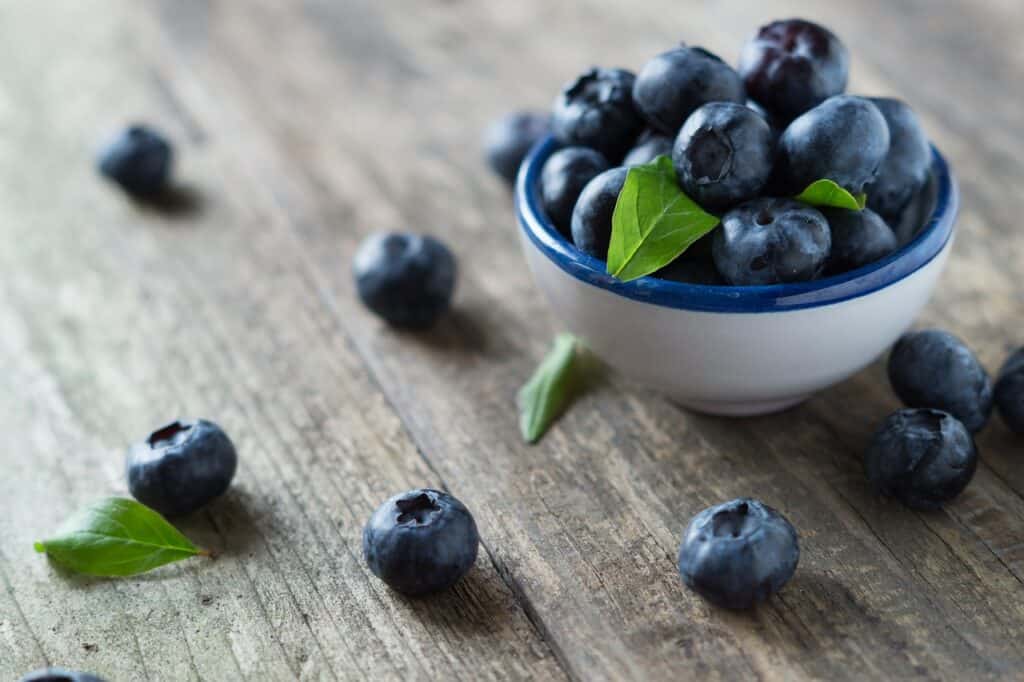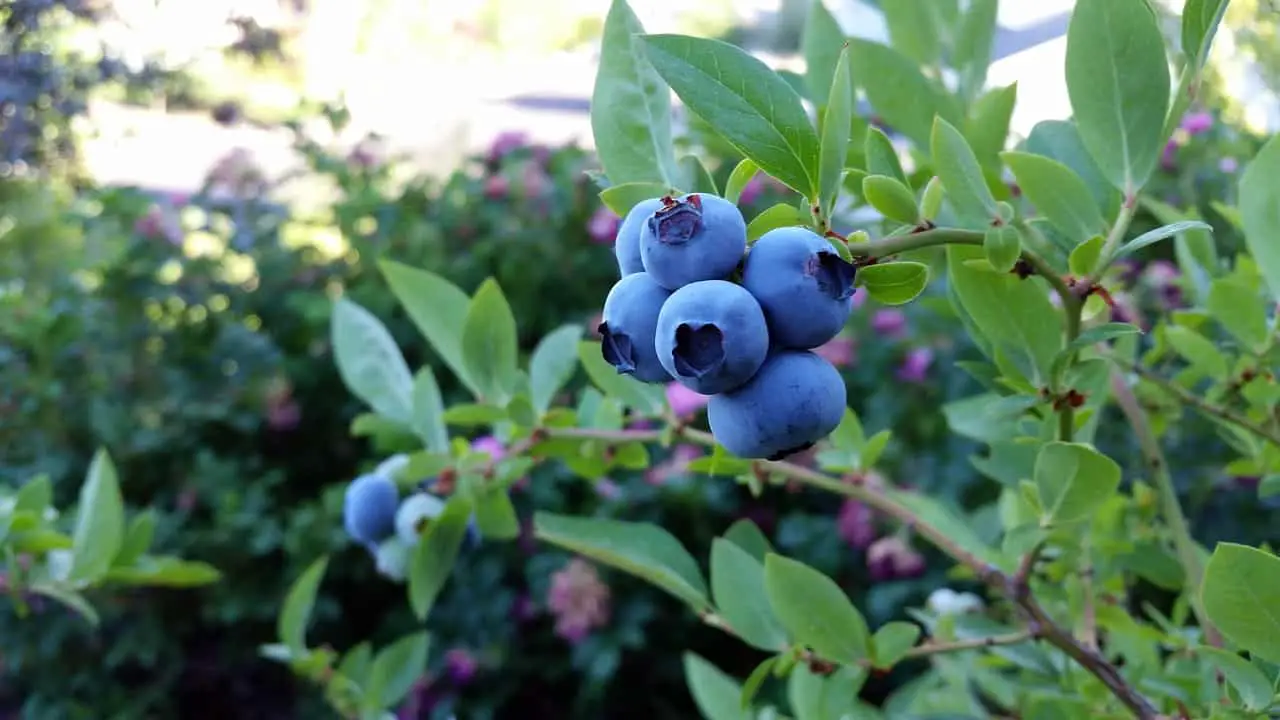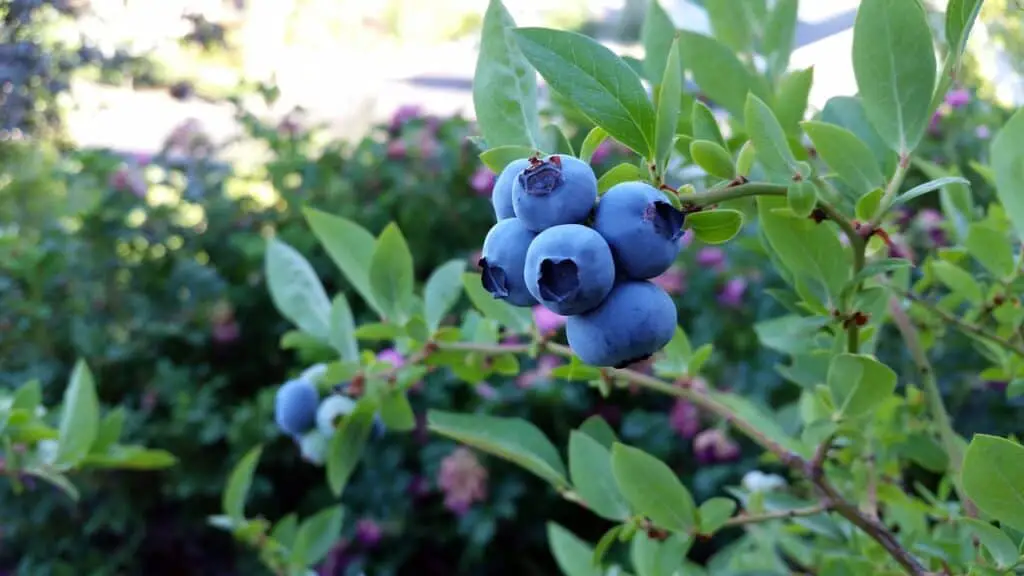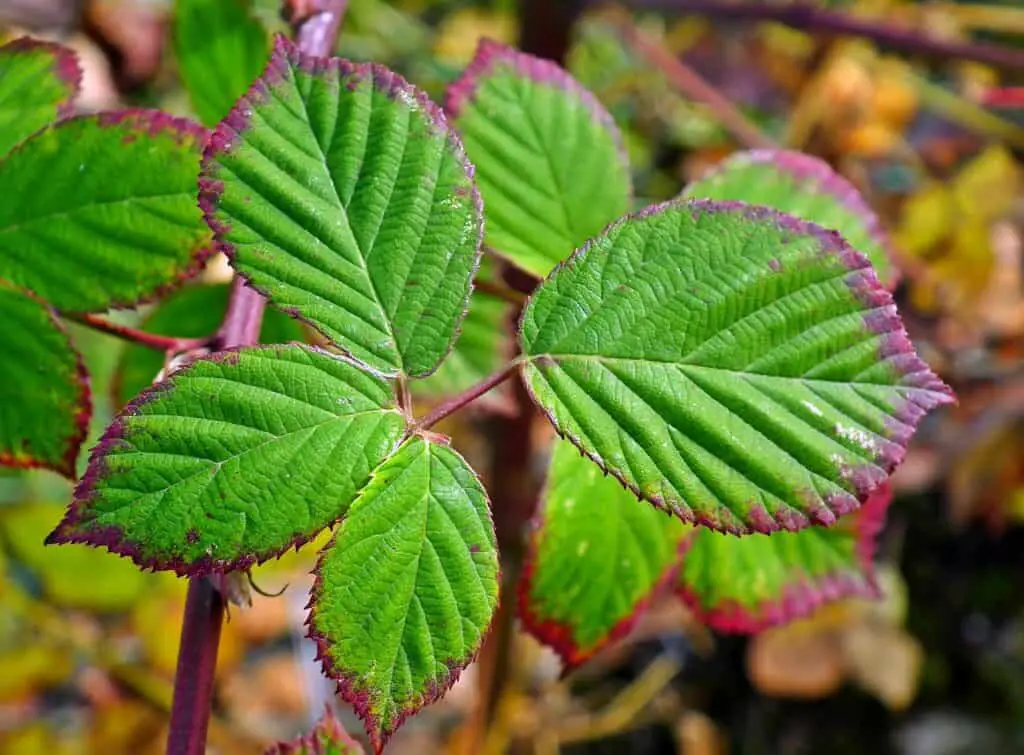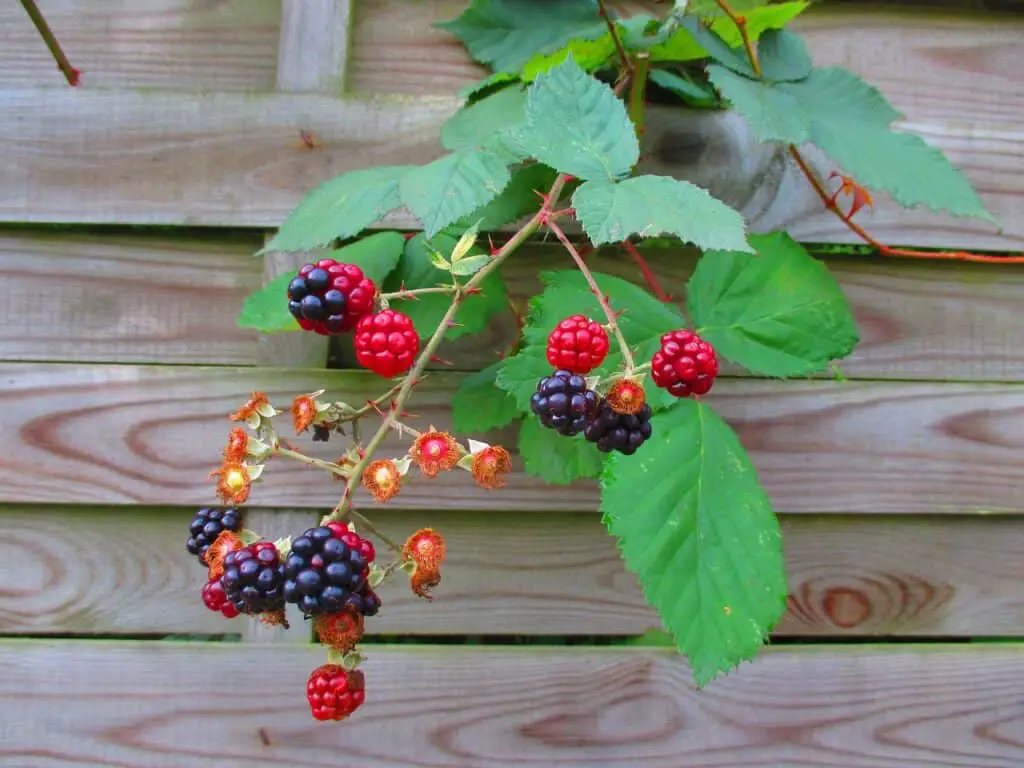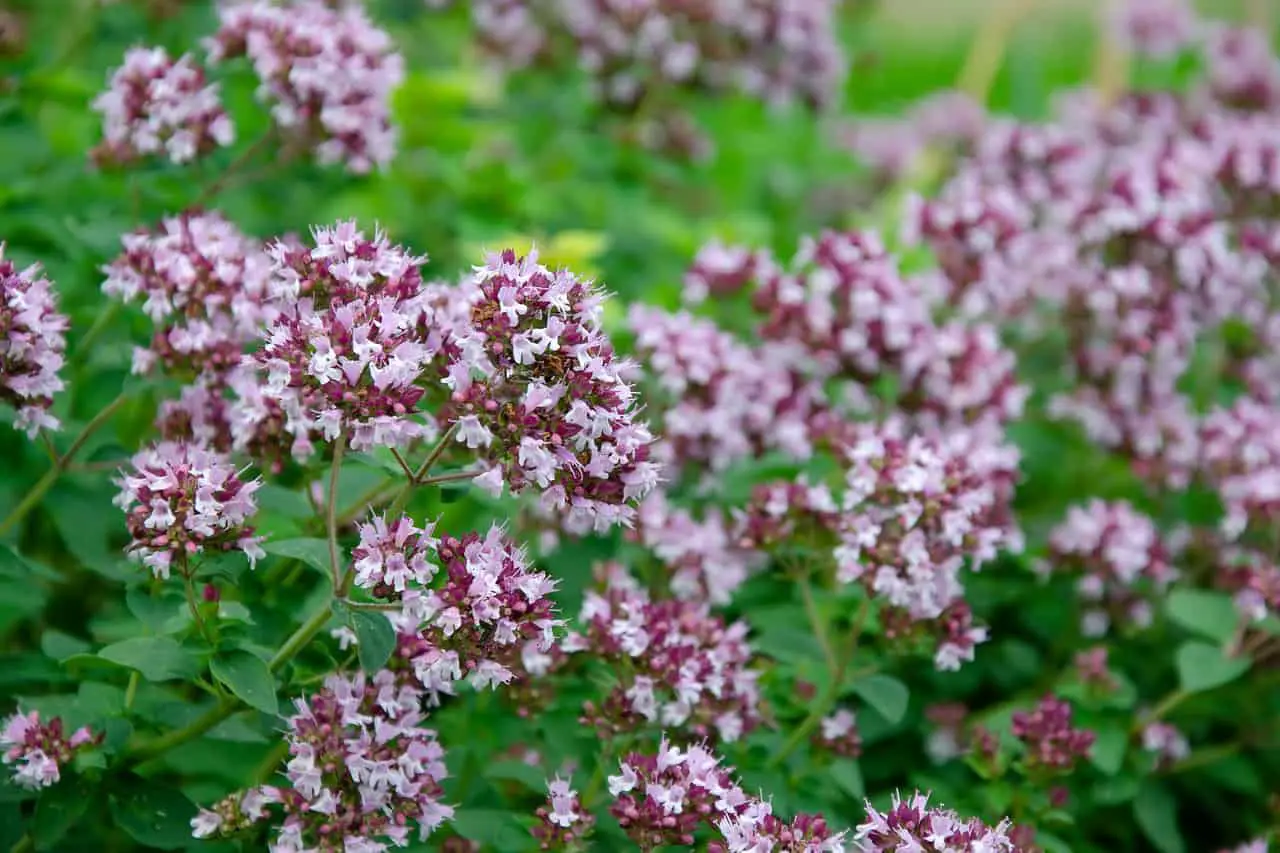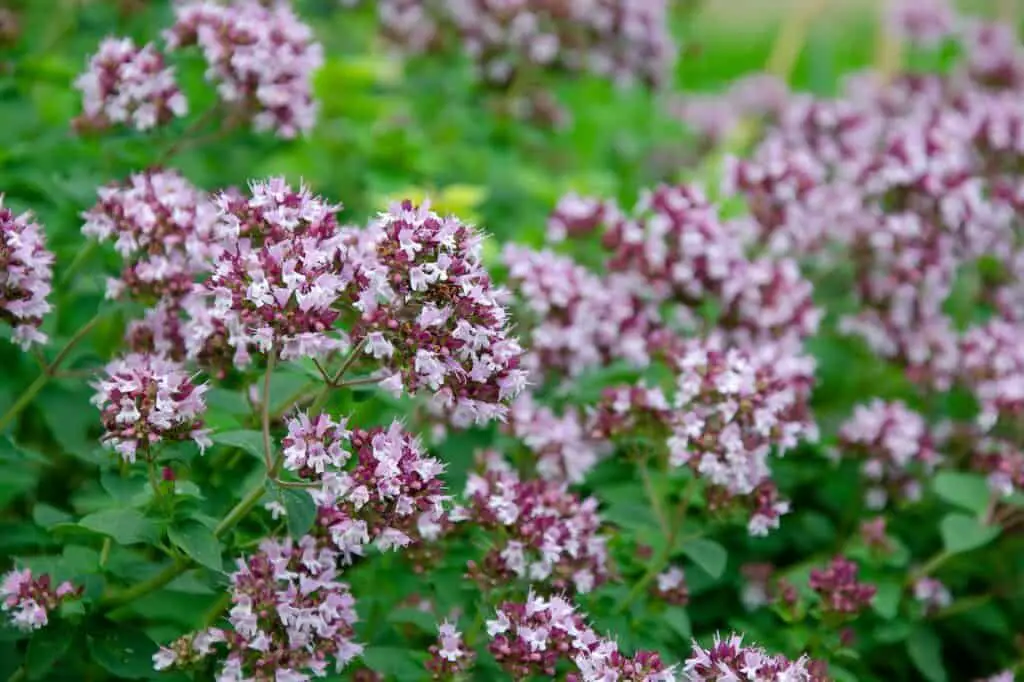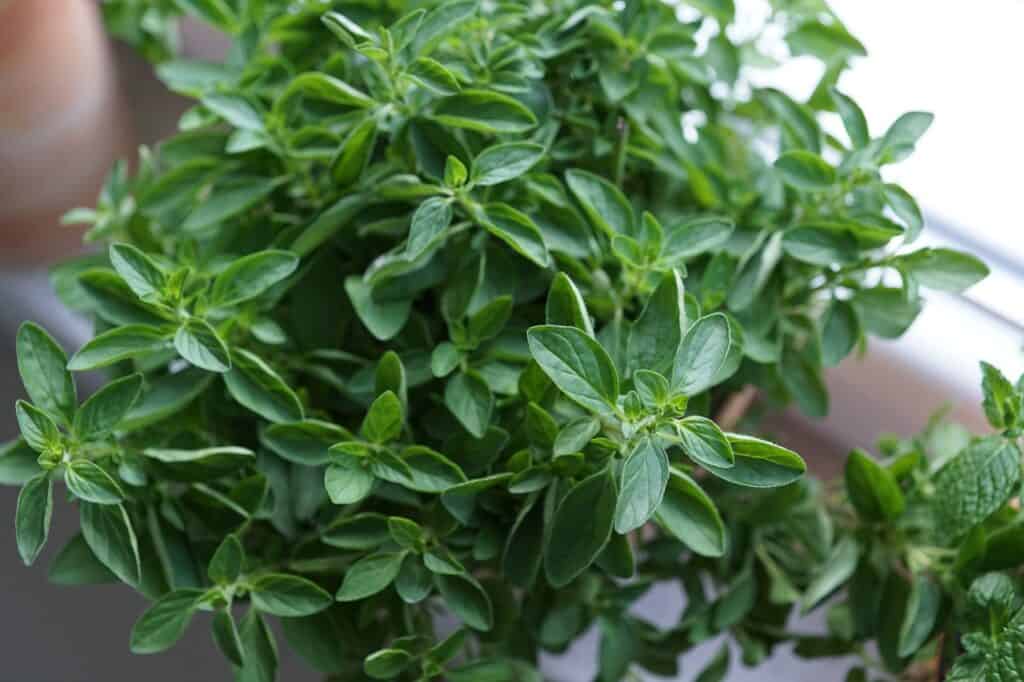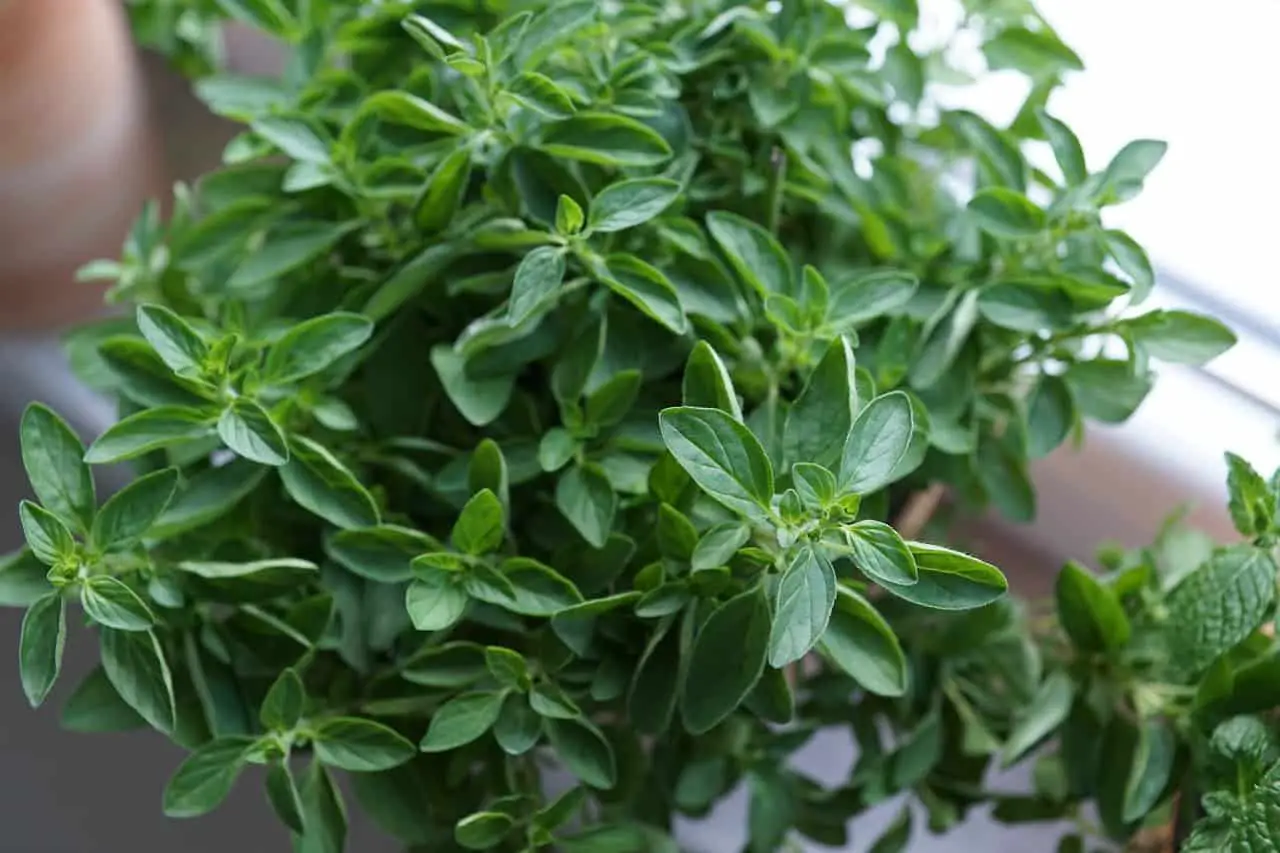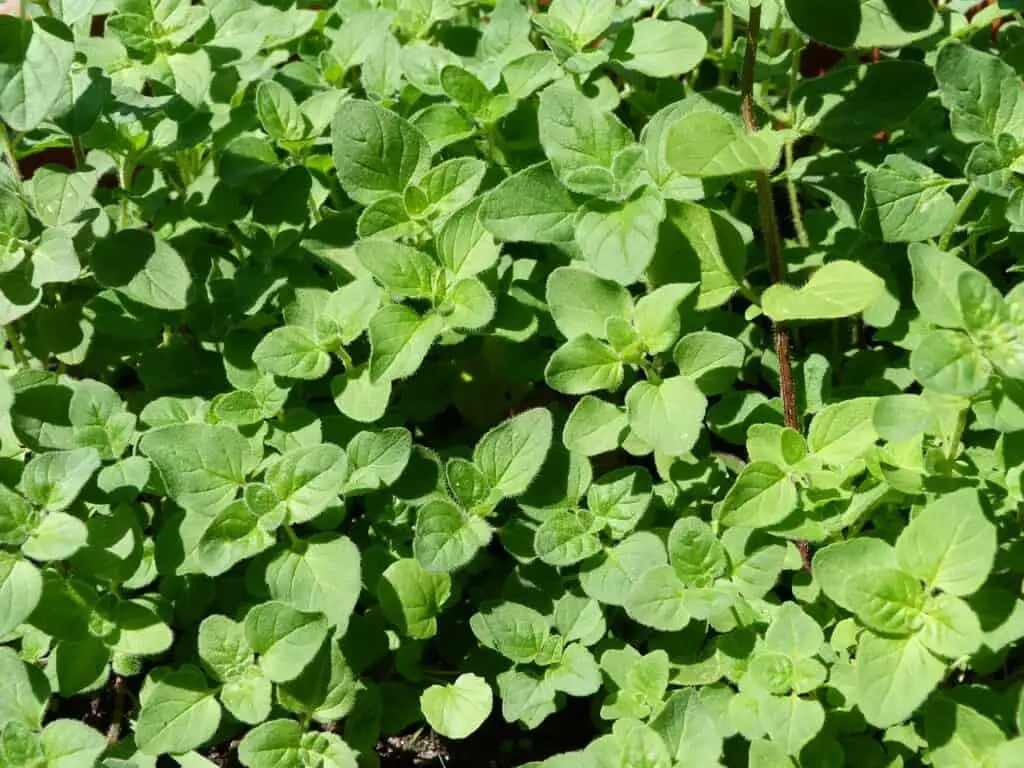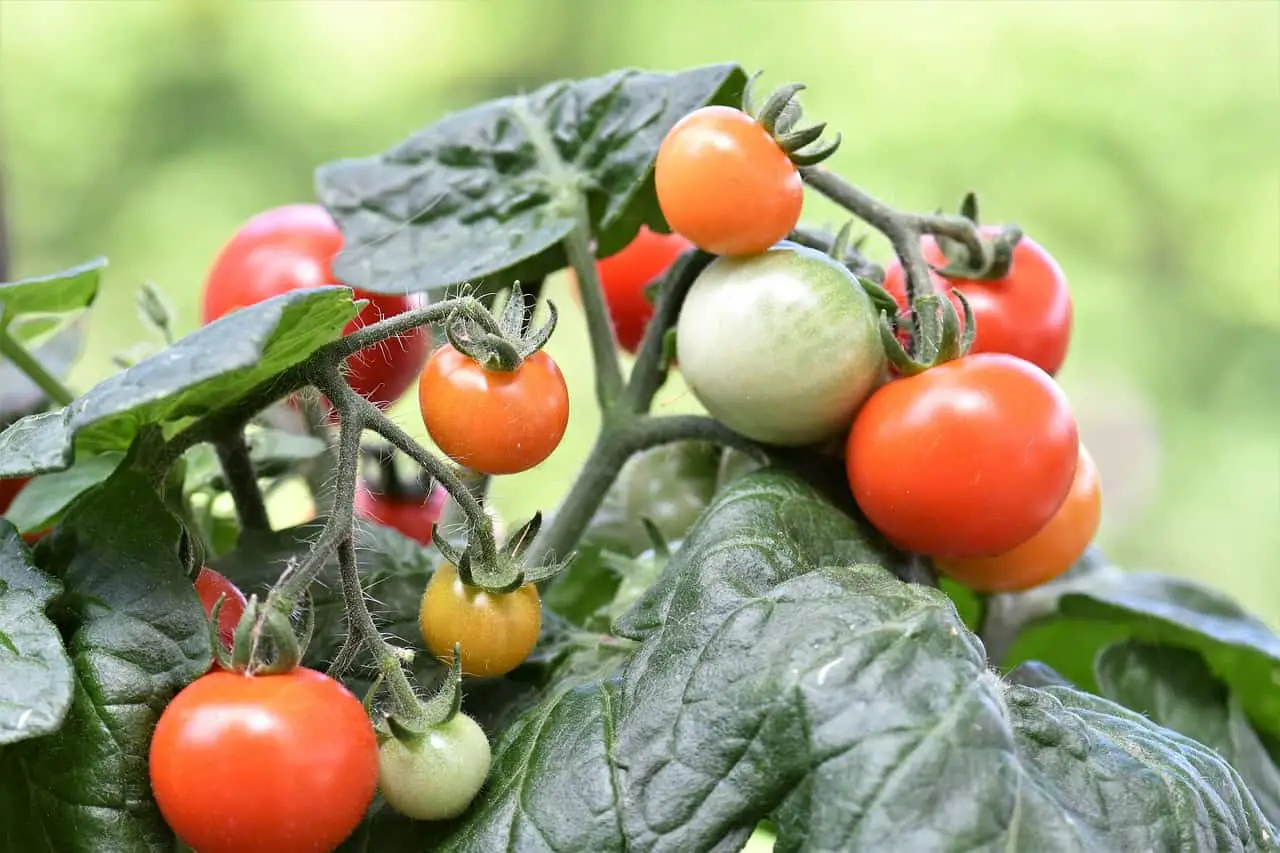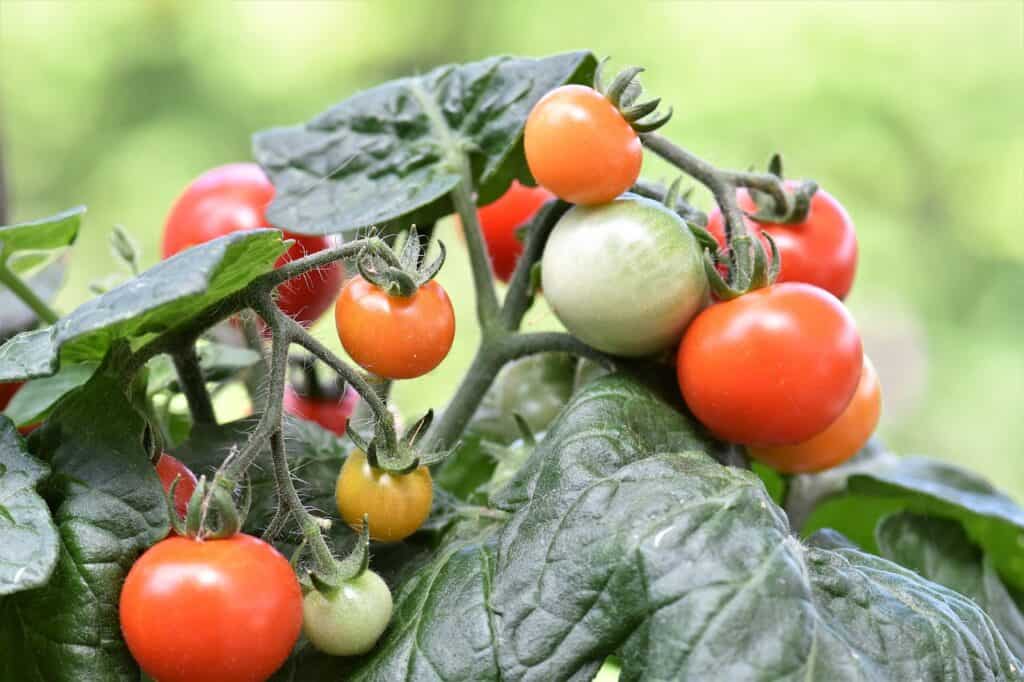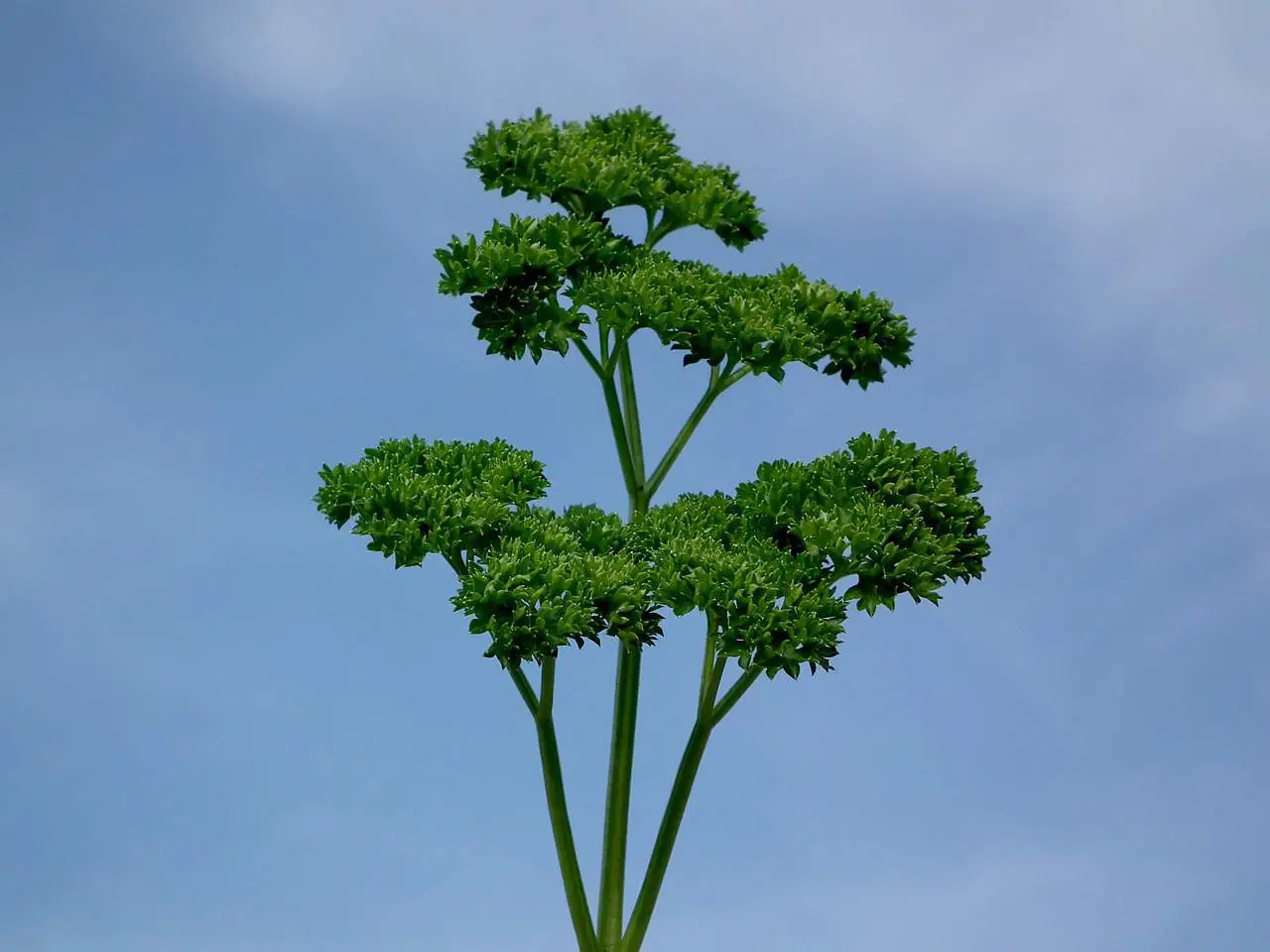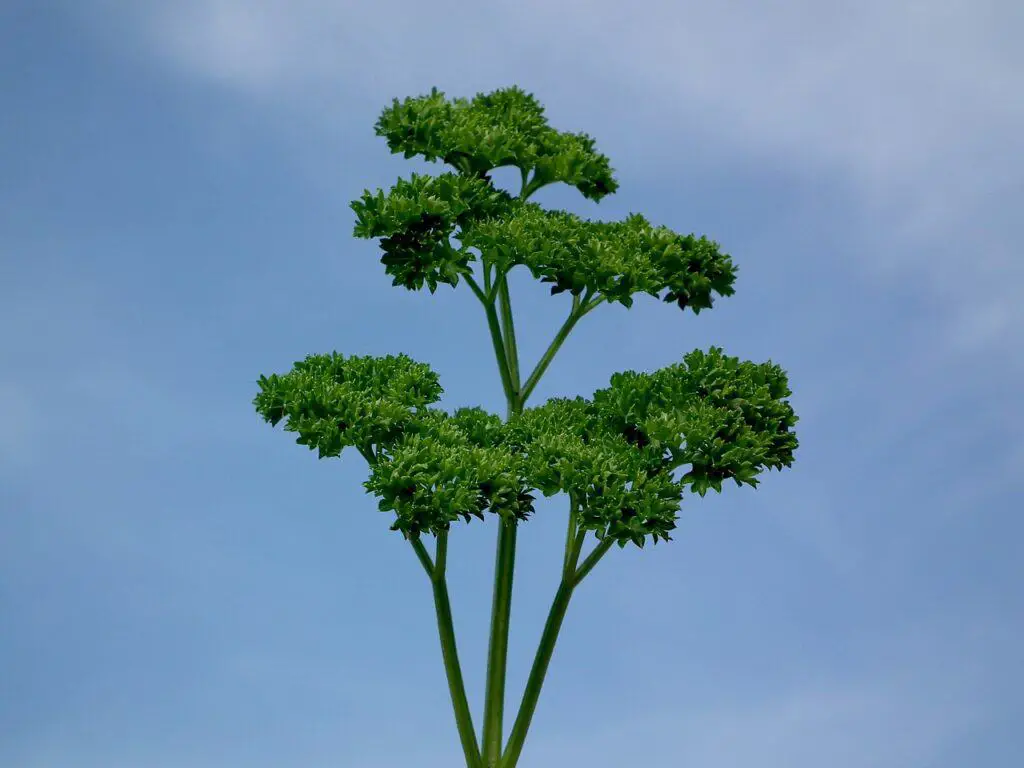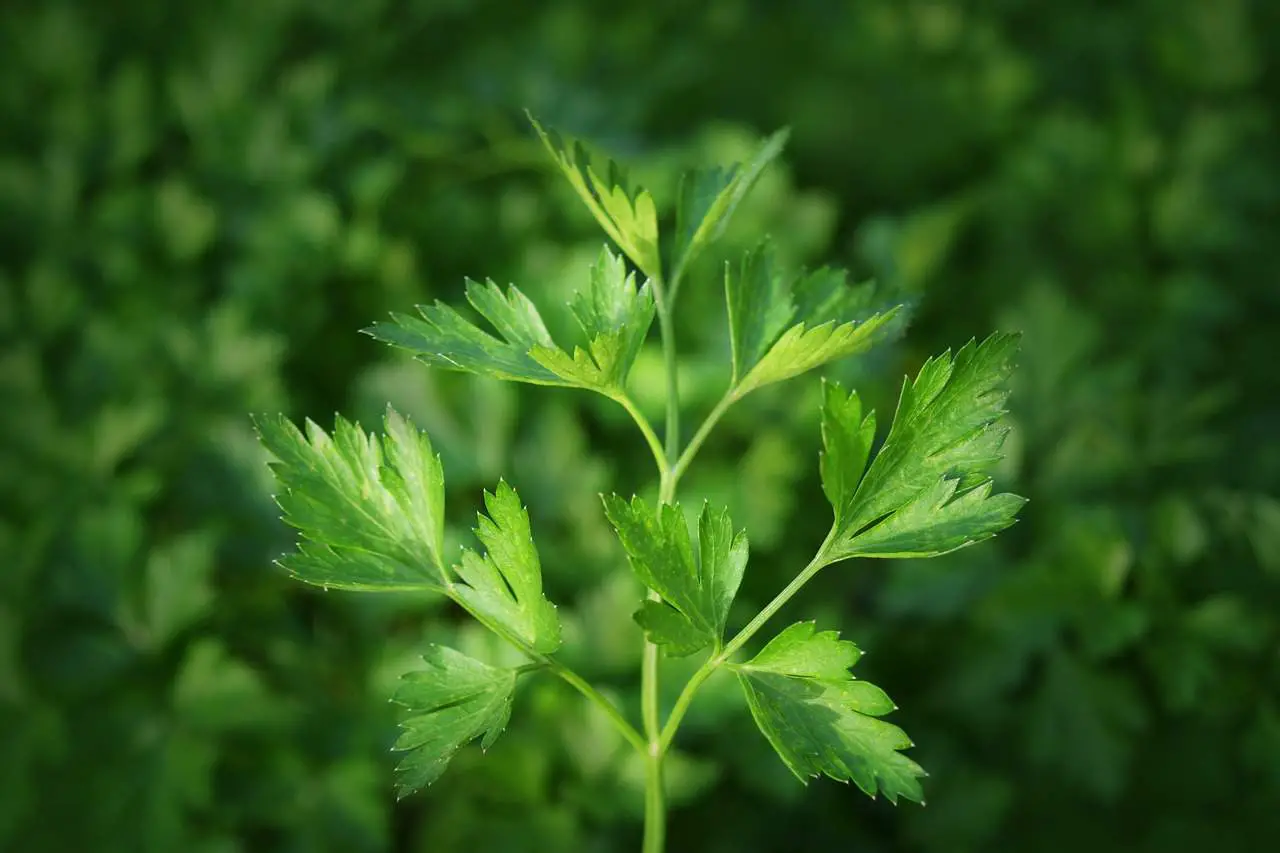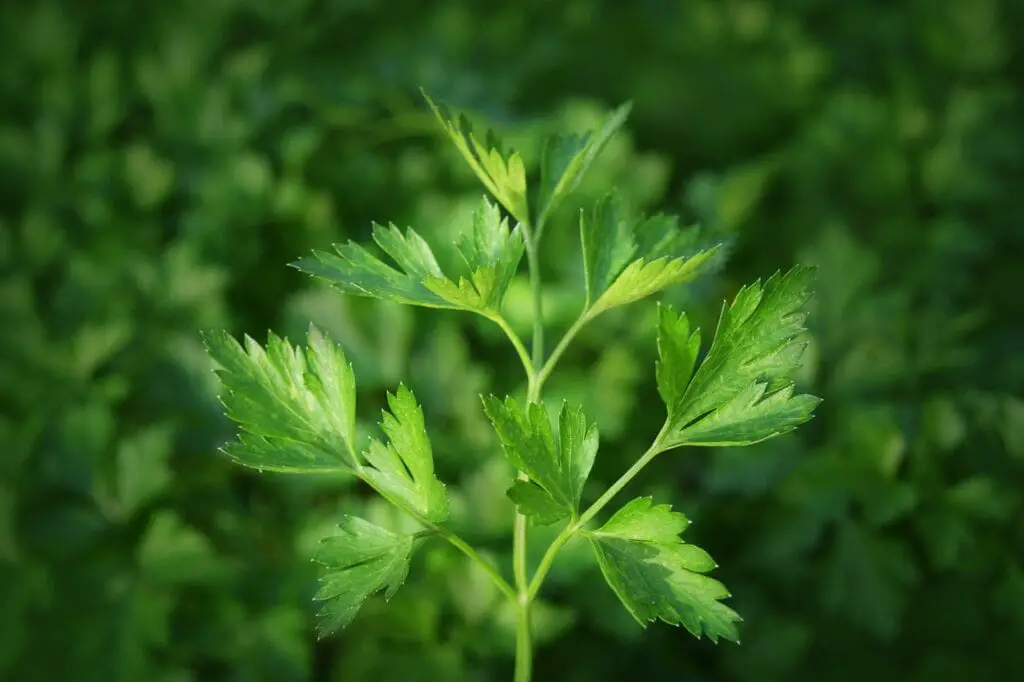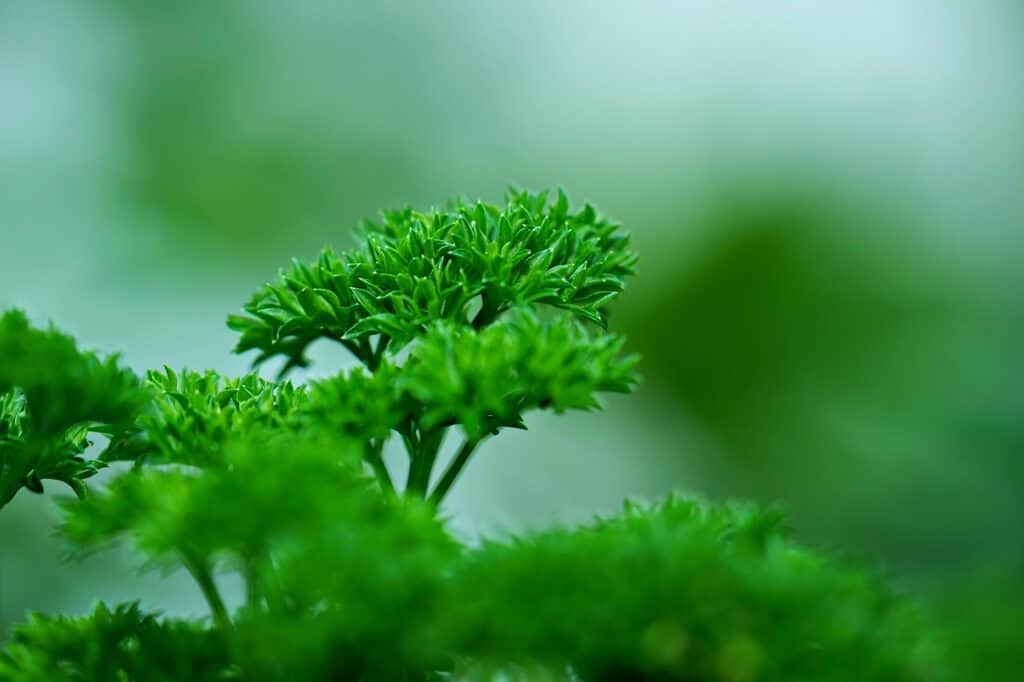Blackberries, members of the Rubus genus, are succulent and flavorful berries that add a burst of sweetness to various culinary delights. These dark and glossy berries belong to the larger family of bramble fruits and are cherished for their rich taste and nutritional benefits.
Characterized by their deep purple to black hue when ripe, blackberries are renowned for their versatility in both sweet and savory dishes. From pies and jams to salads and sauces, these berries lend their distinctive flavor to a myriad of recipes.
In addition to their delightful taste, blackberries pack a nutritional punch. They are a rich source of antioxidants, vitamins, and fiber, contributing to overall health and well-being. Whether enjoyed fresh, frozen, or incorporated into a wide array of dishes, blackberries stand out as a delectable and nutritious addition to the world of berries.

Blackberries Smell Like Vinegar
The delightful aroma of blackberries is a sensory pleasure for berry enthusiasts. However, encountering blackberries with a scent reminiscent of vinegar can be perplexing. This unexpected olfactory twist is not a common characteristic of fresh blackberries and often indicates a deviation from their usual state. The reasons behind this phenomenon are diverse, ranging from natural fermentation processes to environmental influences.
One potential cause is the fermentation of sugars in the berries, leading to the production of acetic acid—the same compound responsible for the characteristic tang in vinegar. This fermentation can occur when blackberries are exposed to warmth and humidity, accelerating the breakdown of sugars within the fruit. Additionally, environmental factors such as bacterial activity or exposure to contaminants may contribute to the development of this peculiar scent.
Understanding why blackberries may emit a vinegar-like smell is crucial for consumers and growers alike. It serves as an indicator of the berries’ freshness and the potential need for closer inspection. Whether the aroma is a result of benign fermentation or a signal of spoilage, being aware of these nuances empowers individuals to make informed decisions about the quality of the blackberries they encounter.
What Happens If You Eat Bad Blackberries
While blackberries are renowned for their sweet and juicy appeal, consuming bad or spoiled blackberries can have unpleasant consequences for your health. Spoilage in berries can occur due to various factors, including mold growth, bacterial contamination, or prolonged exposure to unfavorable conditions.
When blackberries go bad, they may develop a slimy texture, unusual discoloration, or off-putting odors—such as the vinegar-like scent discussed earlier. These signs indicate the potential presence of harmful microorganisms or toxins that can lead to gastrointestinal issues upon consumption.
Eating bad blackberries can result in symptoms such as nausea, stomach cramps, vomiting, or diarrhea. The severity of these symptoms may vary depending on the extent of spoilage and the specific contaminants present in the berries.
Recognizing the signs of bad blackberries is crucial for preventing the ingestion of compromised fruit. Whether you grow your own blackberries or purchase them, regular inspection and prompt removal of spoiled berries are essential practices to ensure a safe and enjoyable berry-eating experience.
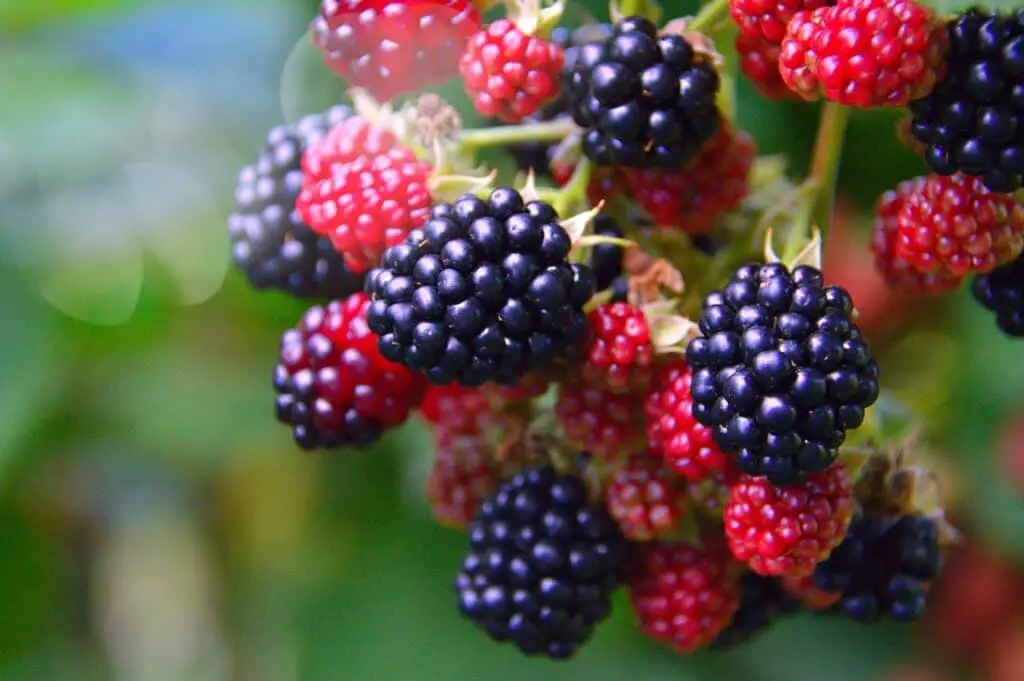
How to Tell If Blackberries Are Ripe
The key to savoring the delectable flavor and nutritional richness of blackberries lies in harvesting or selecting them at the peak of ripeness. Ripe blackberries boast a perfect balance of sweetness and tartness, making them a delightful addition to various culinary creations.
Visual cues play a significant role in determining the ripeness of blackberries. A ripe blackberry typically features a deep, dark color that signals its readiness for harvest. The glossy sheen on the surface indicates juiciness, and the plump, tender texture suggests optimal ripeness.
Beyond visual indicators, tactile assessment is equally important. Gently pressing a blackberry allows you to feel its firmness, providing insight into its ripeness. Ripe blackberries yield slightly to pressure, conveying a juicy succulence that enhances the overall eating experience.
For those who cultivate their own blackberry bushes, observing these visual and tactile cues becomes an integral part of the harvesting process. When selecting blackberries at grocery stores or farmers’ markets, applying these principles ensures that you bring home berries that are bursting with flavor and nutritional benefits.
Can Blackberries Make You Vomit
While blackberries are generally safe to consume and offer a host of health benefits, the question of whether they can make you vomit arises in specific scenarios. The primary concern lies in the potential consumption of bad or spoiled blackberries.
Bad blackberries, characterized by signs of spoilage such as off-putting odors, sliminess, or unusual discoloration, may contain harmful bacteria or toxins. Ingesting these contaminants can lead to gastrointestinal issues, including nausea and vomiting.
It’s essential to distinguish between the natural, tangy aroma of ripe blackberries and any vinegar-like scent resulting from spoilage. Regularly inspecting blackberries for signs of freshness and promptly discarding any that exhibit spoilage ensures a safe and enjoyable culinary experience without the risk of adverse reactions.
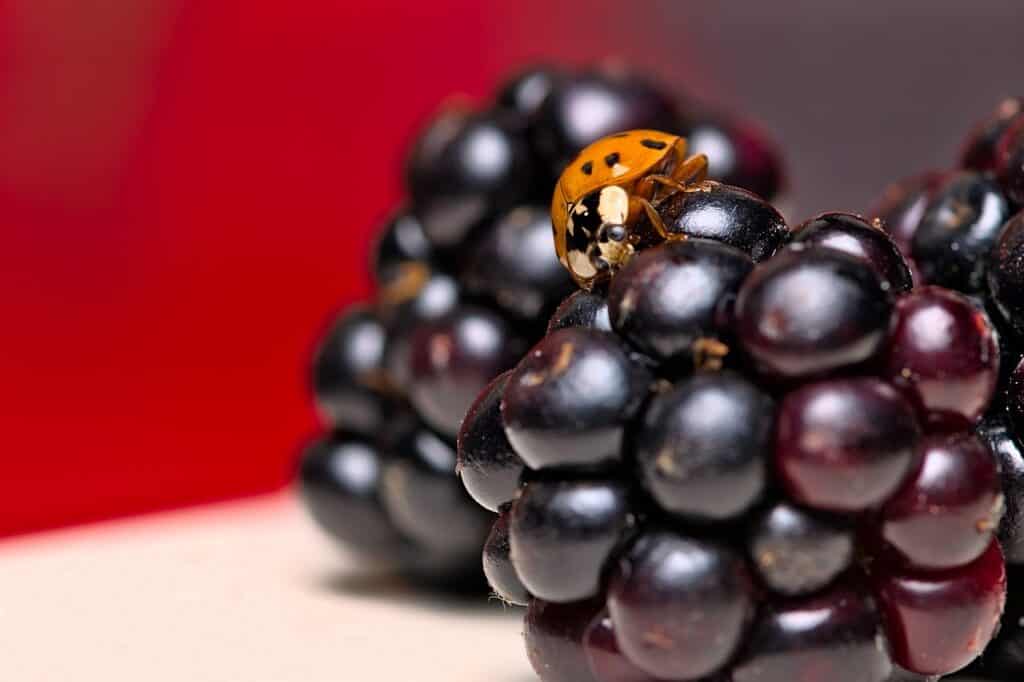
FAQ
Why Do Some Blackberries Smell Like Vinegar?
The vinegar-like smell in blackberries can stem from natural fermentation processes, environmental factors, or exposure to warmth and humidity. Understanding these causes provides insights into the freshness of the berries.
Are Bad Blackberries Safe to Eat?
No, consuming bad blackberries can pose health risks. Spoiled blackberries may contain harmful bacteria or toxins, leading to gastrointestinal issues. It’s crucial to discard blackberries exhibiting signs of spoilage.
Conclusion
In the intricate world of blackberries, encountering a vinegar-like scent raises questions about their quality and edibility. Whether exploring the reasons behind this unexpected aroma, understanding the potential risks of consuming bad blackberries, or honing the skill of identifying ripe berries, this exploration equips you with insights to navigate the nuances of blackberry enjoyment. Stay vigilant, savor the sweetness, and let the journey through the world of blackberries be a delightful one.


